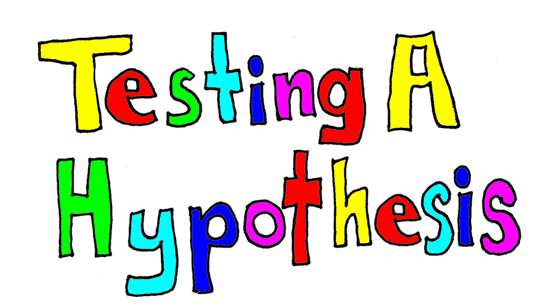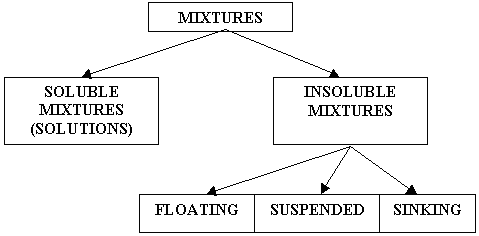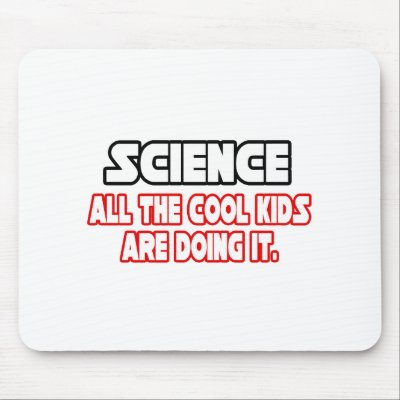 Our sixth science lesson was oh so sweet! My partner Debi and I really decided to test our students this week and challenge them to be "real" scientists. Their challenge was to formulate a hypothesis. I really thought the students were ready for this challenge so we focused our science process skill this week on formulating a hypothesis. We asked them to consider the science question of the week, "Which solid would dissolve faster in water, sugar granules or a sugar cube?", and formulate a hypothesis. We gave our students a few minutes to think about their hypothesis and explain why they made this educated guess. I was very impressed with their hypotheses. They used their prior knowledge and background information they had gained through our experiments with salt and other solids and liquids to formulate very strong hypotheses. This was very exciting to see! I am glad we gave them this challenge. They certainly lived up to it.
Our sixth science lesson was oh so sweet! My partner Debi and I really decided to test our students this week and challenge them to be "real" scientists. Their challenge was to formulate a hypothesis. I really thought the students were ready for this challenge so we focused our science process skill this week on formulating a hypothesis. We asked them to consider the science question of the week, "Which solid would dissolve faster in water, sugar granules or a sugar cube?", and formulate a hypothesis. We gave our students a few minutes to think about their hypothesis and explain why they made this educated guess. I was very impressed with their hypotheses. They used their prior knowledge and background information they had gained through our experiments with salt and other solids and liquids to formulate very strong hypotheses. This was very exciting to see! I am glad we gave them this challenge. They certainly lived up to it. After we discussed their hypotheses, reviewed our safety rules and discussed the experiment for the day, the students were ready to begin. They were racing sugar granules and sugar cubes against each other to see which would dissolve faster in water. Debi and I thought this was going to be a breeze; of course the sugar granules were going to dissolve faster. Boy were we wrong! All but two groups dissolved their sugar cube faster. We had to quickly convene to decide how we were going to talk through this lesson even though the results were not what we had expected or tested. We discussed with the students why we may have gotten mixed results when performing our experiment. We also talked about how we go about making our science experiments fair so that we get reliable results. Even though the students got mixed results in doing their experiment, it really was a well worth it lesson for them and us. They got to learn about how you must do experiments over and over to get real reliable data and results and we learned that sometimes things just don't go as planned in the classroom and you have to be ready and willing to change and adapt in these situations. It was a very valuable lesson for us to learn!
After we discussed their hypotheses, reviewed our safety rules and discussed the experiment for the day, the students were ready to begin. They were racing sugar granules and sugar cubes against each other to see which would dissolve faster in water. Debi and I thought this was going to be a breeze; of course the sugar granules were going to dissolve faster. Boy were we wrong! All but two groups dissolved their sugar cube faster. We had to quickly convene to decide how we were going to talk through this lesson even though the results were not what we had expected or tested. We discussed with the students why we may have gotten mixed results when performing our experiment. We also talked about how we go about making our science experiments fair so that we get reliable results. Even though the students got mixed results in doing their experiment, it really was a well worth it lesson for them and us. They got to learn about how you must do experiments over and over to get real reliable data and results and we learned that sometimes things just don't go as planned in the classroom and you have to be ready and willing to change and adapt in these situations. It was a very valuable lesson for us to learn! We wrapped up our lesson tying in the engineering frameworks. We decided to have an open discussion with our students on the different tools used in science and how these tools can help make our science experiments better. We used a computer to present to the students different science laboratories and how specialized tools and equipment help different people in different professions use science, engineering and technology. The students used critical thinking and thought about tools that might better help them do their experiments that they have been doing with solids and liquids. I was very happy with how they could think of different tools that may help them. I thought they did very well thinking of the different laboratories and how people in different professions use science.
 I feel much more confident now walking into the science classroom than I did when we started this unit. I can hardly believe we only have one more lesson to go. I really feel like we have made a connection with these third grade students and I hope we have taught them just as much as they have taught us. I am looking forward to one more great lesson with them.
I feel much more confident now walking into the science classroom than I did when we started this unit. I can hardly believe we only have one more lesson to go. I really feel like we have made a connection with these third grade students and I hope we have taught them just as much as they have taught us. I am looking forward to one more great lesson with them.
 I feel so proud of our third grade science students! They are working so hard and learning so much about solids, liquids and gases. I think they are really enjoying this changes unit. This week we were challenged to incorporate writing and technology into our lessons for the week. We began our class period with a writing prompt for all our students that they worked on in their science journals. We asked them to talk about their favorite science activity we have done so far. While they worked on their writing assignment Debi and I prepared our materials for the class. My partner Debi did a tremendous job this week organizing all the materials for this lesson and all we had to do was lay them out for the students. This preparation has proven to be a blessing! There is a lot less stress and the lessons run much more smooth with good preparation. This is a lesson I will carry with me in the future for sure. We began our lesson reexamining predictions the students made at the end of last weeks lesson. They predicted that the gravel and salt mixture would be the easiest to separate and that the salt and water would be the hardest to separate. These predictions helped us explain how important predictions are as a science process skill. After discussing our predictions and reviewing our lesson from last week we were ready to embark on our separating solids and liquids experiment. The students were using their mixtures from last week to separate back into the original solids and liquids. The students worked with their materials very well and did a great using a funnel to filter their mixtures. They separated each mixture and recorded their observations on a record sheet.
I feel so proud of our third grade science students! They are working so hard and learning so much about solids, liquids and gases. I think they are really enjoying this changes unit. This week we were challenged to incorporate writing and technology into our lessons for the week. We began our class period with a writing prompt for all our students that they worked on in their science journals. We asked them to talk about their favorite science activity we have done so far. While they worked on their writing assignment Debi and I prepared our materials for the class. My partner Debi did a tremendous job this week organizing all the materials for this lesson and all we had to do was lay them out for the students. This preparation has proven to be a blessing! There is a lot less stress and the lessons run much more smooth with good preparation. This is a lesson I will carry with me in the future for sure. We began our lesson reexamining predictions the students made at the end of last weeks lesson. They predicted that the gravel and salt mixture would be the easiest to separate and that the salt and water would be the hardest to separate. These predictions helped us explain how important predictions are as a science process skill. After discussing our predictions and reviewing our lesson from last week we were ready to embark on our separating solids and liquids experiment. The students were using their mixtures from last week to separate back into the original solids and liquids. The students worked with their materials very well and did a great using a funnel to filter their mixtures. They separated each mixture and recorded their observations on a record sheet. 


 Wow this semester is flying by and I cannot believe
Wow this semester is flying by and I cannot believe




